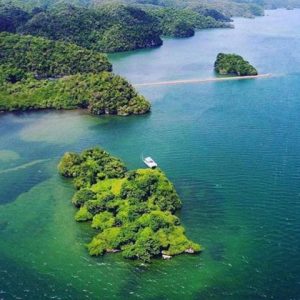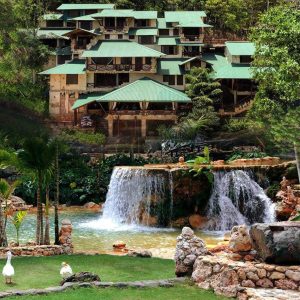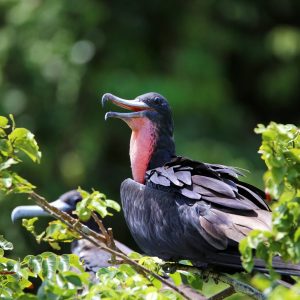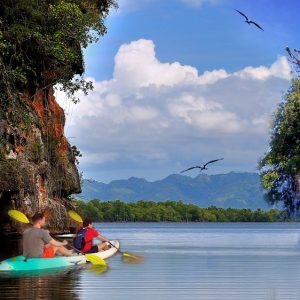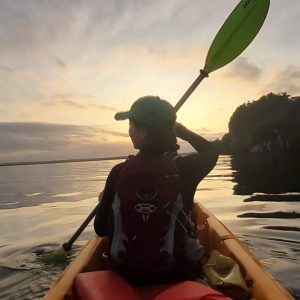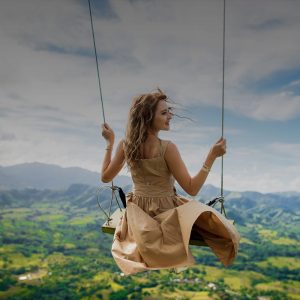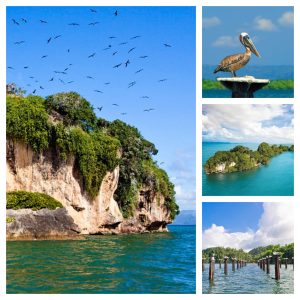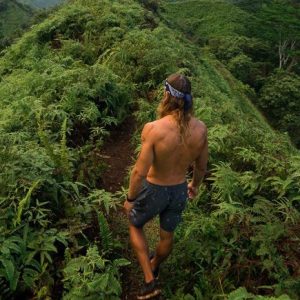What to do in Los Haitises National Park
Activities in Los Haitises National Park
You can find all our activities and at the same time make a reservation before arriving. If you need to contact Certified Guides for Tourism and Environment: +(+1) 829 318 9463 Whatsapp.
Los Haitises National Park
Covering an area of 1,600 km², Los Haitises National Park is one of the jewels of the Dominican Republic's national park system. Los Haitises, which translates to "mountainous land" in the Taino language, attracts multiple visitors who come here by boat to see its magnificent series of rock formations rising out of the water. The park also has lush mangroves along its bay, which is adorned with cays home to multiple bird colonies and a series of caves known for having the most petroglyphs and pictographs in the country.
Birds in Los Haitises National Park
You can easily spot the endangered Ridgway's hawk, the Sierra woodpecker, Hispaniolan woodpecker, as well as pelicans, herons, egrets and other majestic birds flying through the park's extensive landscape. Los Haitises also boasts one of the Dominican Republic's rainforests. Explore the park by boat from Samaná, climb its rainforest to see the flora up close, or kayak through its lush mangrove system.
The visit to the Los Haitises National Park is fascinating. It is an unforgettable tour where we will contemplate as few in the world. It is a paradisiacal place that transports us to the time of the dinosaurs, by the way, in Los Haitises important scenes of the movie were filmed. Jurassic Park .
Los Haitises National Park is one of the main ecological attractions of the Dominican Republic. Los Haitises is a karst or relief in rocks, tropical limestone in mogotes, characteristic of these climatic zones of the earth. In its external morphology it presents hills, corridors and valleys, and in its internal morphology cavities, some of great dimensions like those of the coast. It is a dense coastal rainforest in the southern part of the Bay of Samaná, is a huge reserve full of caves, Taino pictographs, rainforests, and hundreds of species of birds, many of them endemic. The characteristic that distinguishes this mystical place from other parks on the island is its mogotes or "lomitas", which can reach 40 meters in height and cover the entire surface of the park. This phenomenon is caused by the karst geography of the region, and the trade winds that, when they collide with the mogotes, rise and produce rain almost every day of the year.
Los Haitises National Park is one of the crown jewels of the Dominican Republic's national park system. Los Haitises means "mountainous land" in Taino, and the park nurtures one of the few remaining tropical rainforests on the island. The park, which also has extensive mangroves, covers an area of 1,600 km² (618 square miles). A natural wonderland replete with many keys and caves, the jungle there was used as a location for the movie Jurassic Park. It is easy to spot the endangered Ridgway's Hawk, Hispaniolan Piculet, Hispaniolan Woodpecker, Spanish Emerald, pelicans, frigate birds, herons and many other majestic birds in flight.
The Los Haitises National Park was created in the Dominican Republic by Law 409 of June 3, 1976, although Law 244 had already created a Forest Reserve called Zona Vedada de Los Haitises in 1968.
Los Haitises National Park boundaries
Its boundary and, therefore, its area, has been modified several times and is currently undefined. It is located, to a large extent, in the province of Samaná (including part of the Bay of Samaná) and is completed in the provinces of Monte Plata and Hato Mayor. Haitises means high land or land of mountains, although the set of hills or "mogotes" has heights ranging between 30 and 40 meters.
From the hydrographic point of view, Los Haitises and its areas of influence comprise two regions: the lower basin of the Yuna River and the area of Miches and Sabana de la Mar. The Yuna drains through two mouths: the Yuna River itself and the Barracote River. The area also includes the Payabo, Los Cocos and Naranjo rivers, and the Cabirma, Estero, Prieto and other canals.
An important aspect is the karst geomorphological formation that determines, among other things, a system of caves with pictographs and petroglyphs such as the caves of La Reyna, San Gabriel and La Línea.
The karst zone of Los Haitises is composed of hills (mogotes) close to each other with valleys (bottoms) between them. The mogotes of the interior and the keys of the Bay of Samaná have the same origin, differing only in that the bottoms between the keys are occupied by seawater and are less elevated than the mogotes.
The Los Haitises karst formation has an extension of 82 km, from Sabana de la Mar to Cevicos, for 26 km, south of Samaná Bay to Bayaguana. Other similar karst areas are found north of Samaná Bay and another south of Sosúa and Cabarete.
Flora of Los Haitises National Park
The flora of Los Haitises is characteristic of its two life zones: the humid subtropical forest (Bh-S) and the very humid subtropical forest (Bmh-S). It preserves representative forest remnants of broadleaf species such as cabirma santa (Guarea trichiliodes), cedar (Cedrela odorata), ceiba (Ceiba pentandra), mahogany (Swietenia mahagoni), copey (Clusia rosea) and hojancha (Coccoloba pubescens). In addition, there are numerous species of orchids.
The current vegetation of Los Haitises is mostly forest. The terrain and soil have allowed the development of some forest variants. A distinction is made between the forests between the hummocks, on mineral soil with organic material, and the forests on top of the hummocks, on the rock and almost without mineral soil.
This park contains the largest sample of the Caribbean mangrove, which is dominated by species such as red mangrove (Rhizophora mangle) and white mangrove (Laguncularia racemosa).
Fauna of Los Haitises National Park
The fauna of Los Haitises is of great variety and the most nationally representative of all the protected natural areas in the Dominican Republic, due to the diversity of its environments. Mammals are present in different species of bats as well as the hutia (Plagiodontia aedium) and the solenodon (Solenodon paradoxus); both species are endemic and threatened with extinction.
As a coastal-marine park, it contains an unparalleled bird fauna, with a majority representation of endemic, native and migratory species that cannot be found in the rest of the country. Some of these species are the pelican or gannet (Pelecanus occidentalis), the earwig (Fregata magnificens), the parrot (Amazona ventralis), the owl (Tyto alba) and the eared owl (Asio stygius).
Landscape of Los Haitises National Park
Los Haitises National Park contains very impressive scenic elements such as the San Lorenzo Bay, the different keys and the mangrove populations. Between Boca del Infierno and El Naranjo Arriba is located the Cayo de los Pájaros. This is easily recognized by the presence, flying over it at low altitude, almost permanent presence of earwigs and pelicans. The tallest trees grow in the center of the key, which is the highest part. The copey is dominant and its horizontal branches are used by the birds for perching. The fig tree (Ficus aff. laevigata) and the almond tree (Terminalia catappa) make up the other part of the trees. To visit the park, the most used places are Samaná and Sabana de la Mar.
Los Haitises National Park Excursion
We offer this ecological and relaxing excursion departing from all the hotels in the different areas of the Dominican Republic, leaving from the picturesque and romantic Port of Samana in comfortable and safe boats, accompanied by an expert guide, with lunch and drinks included.
Los Haitises National Park Excursion :
The excursion to Los Haitises National Park can be combined in different ways.
Transportation in comfortable air-conditioned buses from hotels in Bayahibe-La Romana, Boca Chica, Juan Dolio, Santo Domingo and Puerto Plata.
Boarding at the Samana Pier in comfortable boats or catamarans with all the security measures until arriving at Los Haitises.
1. Walk through mangrove swamps and islets.
2. Accompaniment by an expert guide
3. Taxes Included
4.One night stay in a hotel in Samana (if the excursion is for two days).
5.Delicious buffet lunch on Cayo Levantado Island with all drinks included.
Buffet menu in Cayo Levantado
-Cold pasta
-Russian Salad
-White rice, rice and pulses
-BBQ Chicken
-Steamed fish
-Tropical fruits
-French bread
-Coffee, local beverages


